

The pattern of interlacing between the warp and weft is known as the fabric’s weave or design. The smallest unit of the weave is the pattern, or repeat, and it is this unit that, when repeated, creates the desired design in the fabric. When warp and weft strands are interlaced in a pattern to create a woven fabric, this is called weaving. The pattern and variety of fabrics produced are numerous. The numerous intricate weaves used in modern textiles are variations of a few simple, early-invented weaves. Every other type is a variation on these fundamental weaves or a combination of them.
The structure fraction, however, is what we must discuss first. A fraction is frequently used to explain the weaving process of a cloth. Examples of this include 7/1 satin, 2/2 twill, and 1/3 twill. Your fraction’s top number indicates how many warps your weft is floating over, and its bottom number indicates how many it is passing beneath.
The most straightforward and popular style of building is sturdy and inexpensive to produce.
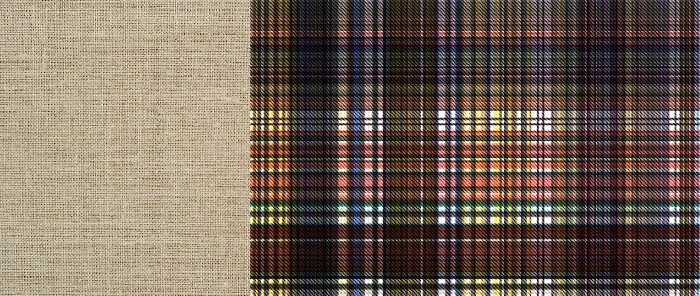
A tight, flat surface is ideal for printing and other finishing touches. The plain weave is the most basic pattern. One warp yarn is alternately passed over and under each weft yarn. Every weft yarn alternates between going over and under every warp yarn. Crepe, taffeta, organdy, and muslin are a few instances of simple weave fabrics.
An alternative to plain weave. Here, the warp and weft yarns are of different weights, so either the weft yarn or the warp yarn is woven higher because it is a thicker yarn. Typically, there are noticeable ribs in the horizontal direction because the weft yarn is thicker. Fabrics with a ribbed weave include grosgrain, poplin, broadcloth, and faille.
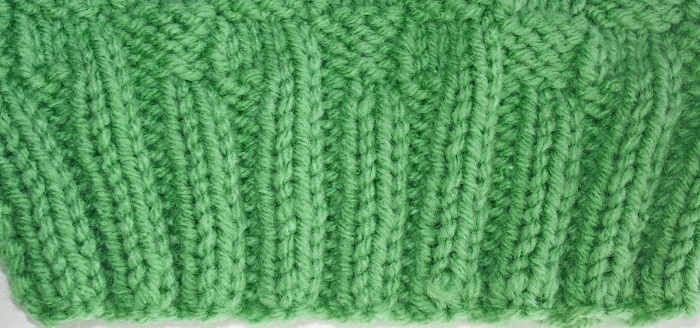
A style of plain weaving that typically features a basket or checkerboard design. Contrasting hues are frequently employed. Cheaper and less resilient than plain weave. The height and width of plain weave are enlarged in basket weave. For each plain weave point, two or more yarns must be raised or lowered over or beneath two or more picks. The basket weave is said to be regular when the groupings of threads are equal and irregular when they are not. This category includes the two weave kinds, regular and irregular weave.

A diagonal, chevron, hound’s tooth, corkscrew, or other pattern is produced. The colourful yarn used to accentuate the design is sturdy and may shine. The diagonal ridges created by the threads that are visible on the surface define the twill weave. These could have an angle ranging from very low to quite steep. Compared to other weaves with comparable fibre and yarn sizes, twill weaves are more tightly woven, heavier, and stronger. They can be made in elaborate designs.
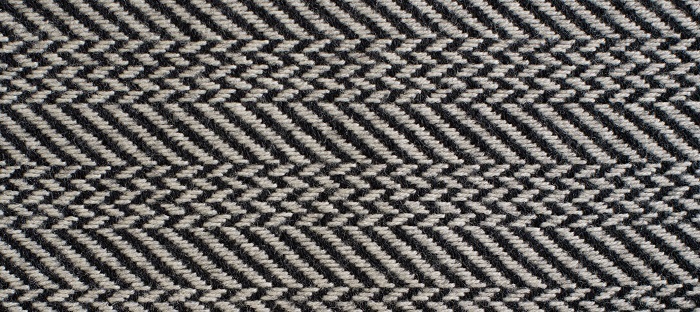
When closely examined, jacquard designs can be observed to combine plain, twill, and satin weaves—even in the same crosswise thread. Using the jacquard process, many decorative fabrics are produced. Yarns are braided into an infinite variety of beautiful multicolor patterns. Expensive, but the design lasts a lifetime. The type of fibre chosen affects durability. Joseph-Marie Jacquard created the Jacquard loom.

A broken-twill weave known as a herringbone weave produces a zigzag pattern with the right and left twills alternately appearing side by side and being the same width. Other names for the herringbone weave are feather twill and arrowhead twill. It has all the characteristics of a twill weave in addition to having a beautiful design. The chevron pattern and other broken-twill patterns are comparable to this one.
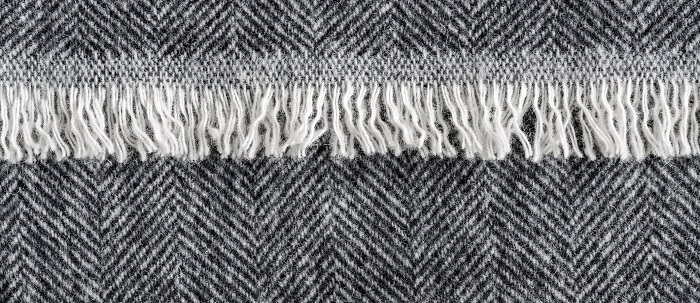
This is a twill weave variation with continuous warp yarn and as few weft interruptions as possible, or fewer warp and weft intersections. Weft yarns are floated over warp yarns to create a smooth and shiny surface. The fibres are filament fibres, such as nylon or silk. The fabric in this woven design will be extremely smooth, glossy, and flexible because of the lengthy floats. The longitudinal direction will have the most shine.

In the weft direction, thin warp yarns are woven into each extremely supple, thicker yarn in the weft direction.
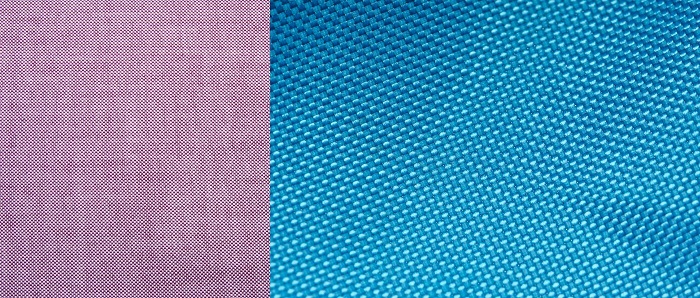
The thin warp strands break as a result, causing holes in the fabric. The resulting fabric is incredibly soft and delicate. The weft thread alternately passes over and under two warp threads in a weave resembling the pinwheel pattern. Oxford cloth and shirting are examples of fabrics with this weave.
The cloth Bedford cord has a distinctive weave with lengthwise ridges. The weave features noticeable ribs across its length with depressed lines in between. This has a simple weave and a whipcord twill weave in it. In this weaving, wadding threads are added to give the cords additional prominence.
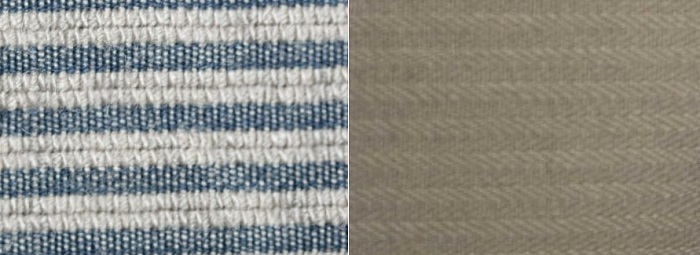
Because of the pattern it produces on the surface of the cloth, this weave is also known as a honeycomb weave.

The fabric has a recurring pattern of tiny square ridges and hollows due to the way the warp and weft threads are floating and interwoven. Due to the raised patches on the fabric’s face, this weave has a 3D look yet produces a rough surface. On the surface of the fabric, shapes such as squares or diamonds may form.
This weave is used to create a soft pile fabric that is both insulating and very absorbent. This weaving results in cut or uncut piles on one side or both sides of the fabric. The fabric’s face and back are looped in uncut or loop piles. The fabric is made using ground yarns and extra yarns for the pile.
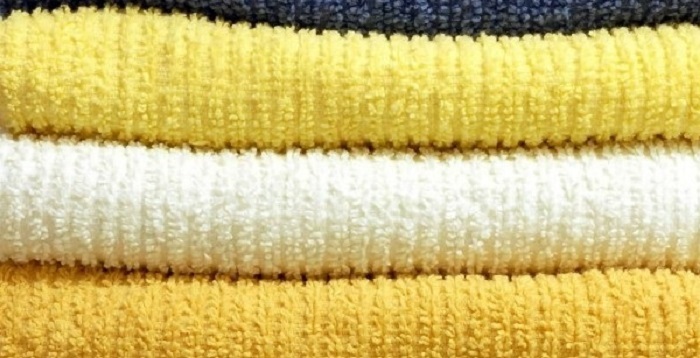
The above-mentioned are a few well-known types of weave structure. Each weave structure represents a unique pattern. But all these can be compared while choosing them. They are chosen according to their purpose. When looking for a sturdy, durable cloth, one should go for a twill weave or plain weave rather than a basket weave or jacquard weave. A satin weave is preferable to a twill weave for a drapeable, shiny fabric. Because of its smooth, flat surface, plain-weave cloth is better suited for embroidery as compared to twill-weave materials. A jacquard weave or any of the fancy weaves will be preferred for decorative purposes. The concept and various weave structures are now finished.